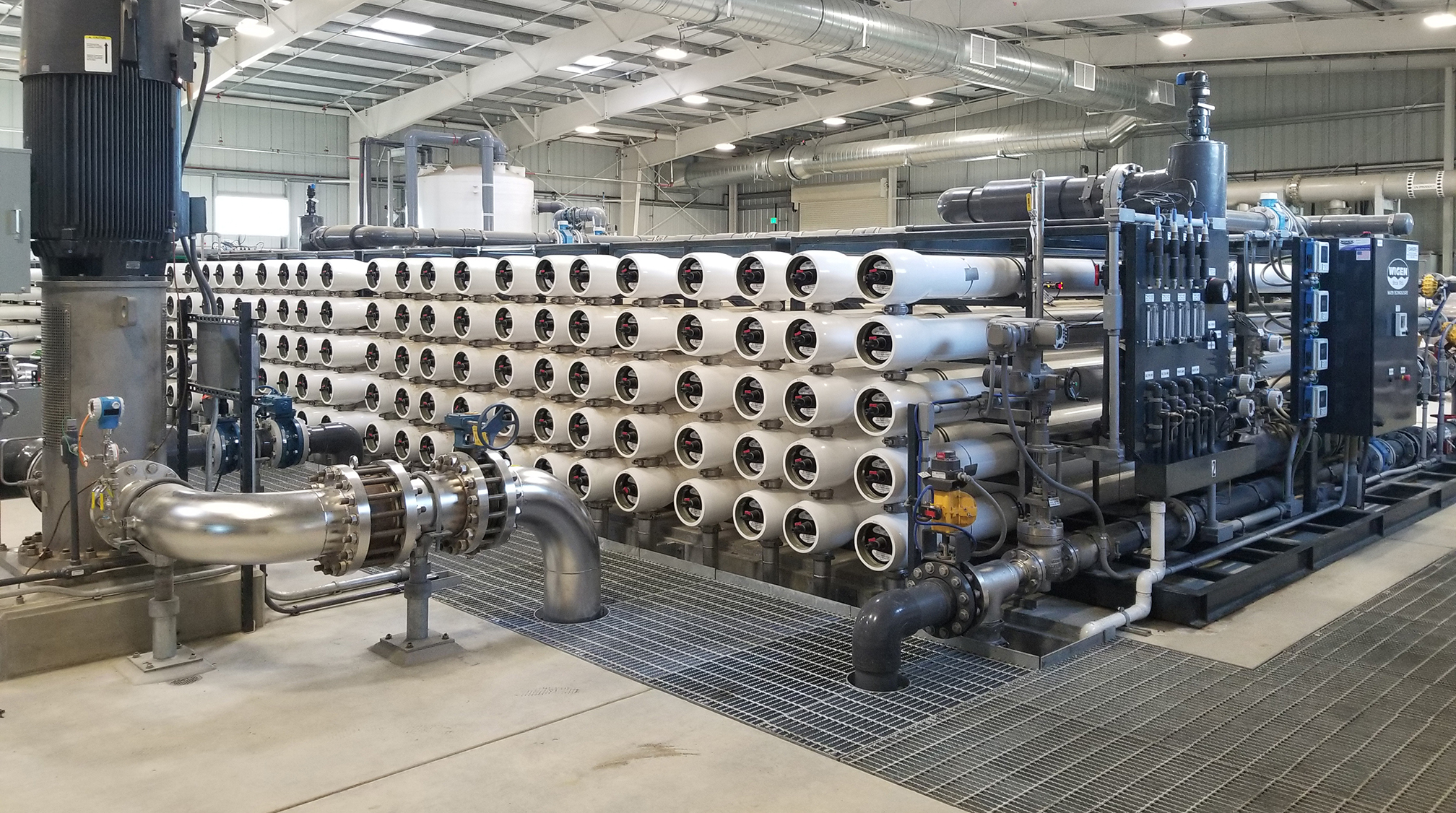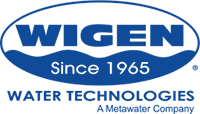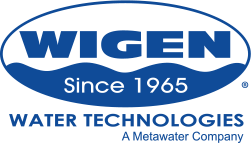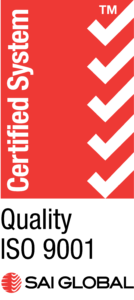Reclamation
& Recycling
Reclamation & Recycling
Wastewater reclamation and reuse often emerge as the only viable “new” water source to meet the demands of a growing population. This is especially true with the scarcity of new natural water supplies and drier climates diminishing existing water sources. Consequently, reclamation and reuse have taken on new importance for all kinds of clients as the cost of raw water rises. In addition, other driving factors include discharge violations increases and scarcity concerns becoming more widespread. Often, squeezing every drop out of the water and waste process has gone from superfluous to essential.
A VARIETY OF USES
Particularly in arid regions throughout the world, treated wastewater usage has grown sharply in recent years. Specifically, processors recycle nearly 50 million cubic meters of municipal wastewater daily worldwide. Recycling and reuse technologies make water more available, especially during droughts in some parts of the world. At the same time, they reduce wastewater discharge into the environment. Recycled and treated wastewater has many uses, particularly non-domestic ones. These include irrigation, industrial processes and the injection and storage of water into underground aquifers after additional treatment for indirect potable reuse.
COMMON TREATMENT TECHNOLOGIES
The degree of treatment depends entirely on the desired quality of the recycled wastewater application. To accommodate for a range of needs, Wigen designs and builds a wide array of water treatment processes. This allows us to provide the best technical solution for each specific need. Solutions include, media filtration, membranes (ultrafiltration-UF, nanofiltration-NF and reverse osmosis-RO), ion exchange and activated carbon.
APPLICATION EXAMPLES
Municipal:
Reclaiming wastewater and redirecting the high-quality, treated effluent for non-potable and potable applications makes it possible to develop sustainable water sources to help meet growing population demands and overcome scarcity challenges. In many cases, the same water is treated to potable standards and injected into local aquifers or discharged to reservoirs to replenish supply. Wigen is a leader in providing membrane technologies for direct and indirect potable reuse applications.
Hydrocarbons:
Through reclaiming and treating wastewater from the production process, one can create a self-sustaining water supply that reduces or eliminates discharge into tailing ponds or deep well injection.
Mining:
Treating the water without discharging impurities created from the process allows the transformation of wastewater into a source of fresh water, while also protecting the environment.
Refining:
Treatment technologies can be deployed to remove contaminants such as oils and metals from the operation, while redirecting the water into a less critical industrial process or safely discharging residual wastewater back into the environment.




